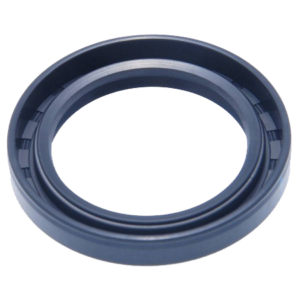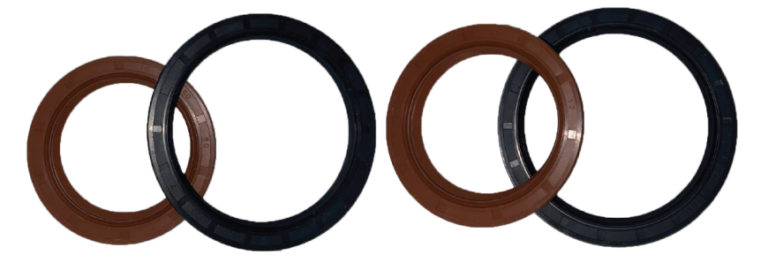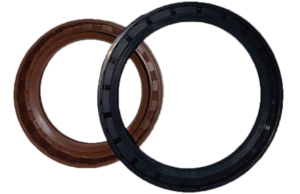Oil seals may also be referred to as shaft seals, rotary shaft seals, lip seals, or elastomeric lip seals are widely used across the industry, such as in all hydraulic systems, pipe connections, and pumps.
Oil seals are actually mechanisms or devices that protect the bearings of rotating shafts by keeping the lubricant (oil or grease) in rotary shaft equipment while preventing the entry of foreign contaminants like dust, dirt, and water.





 Philippines
Philippines